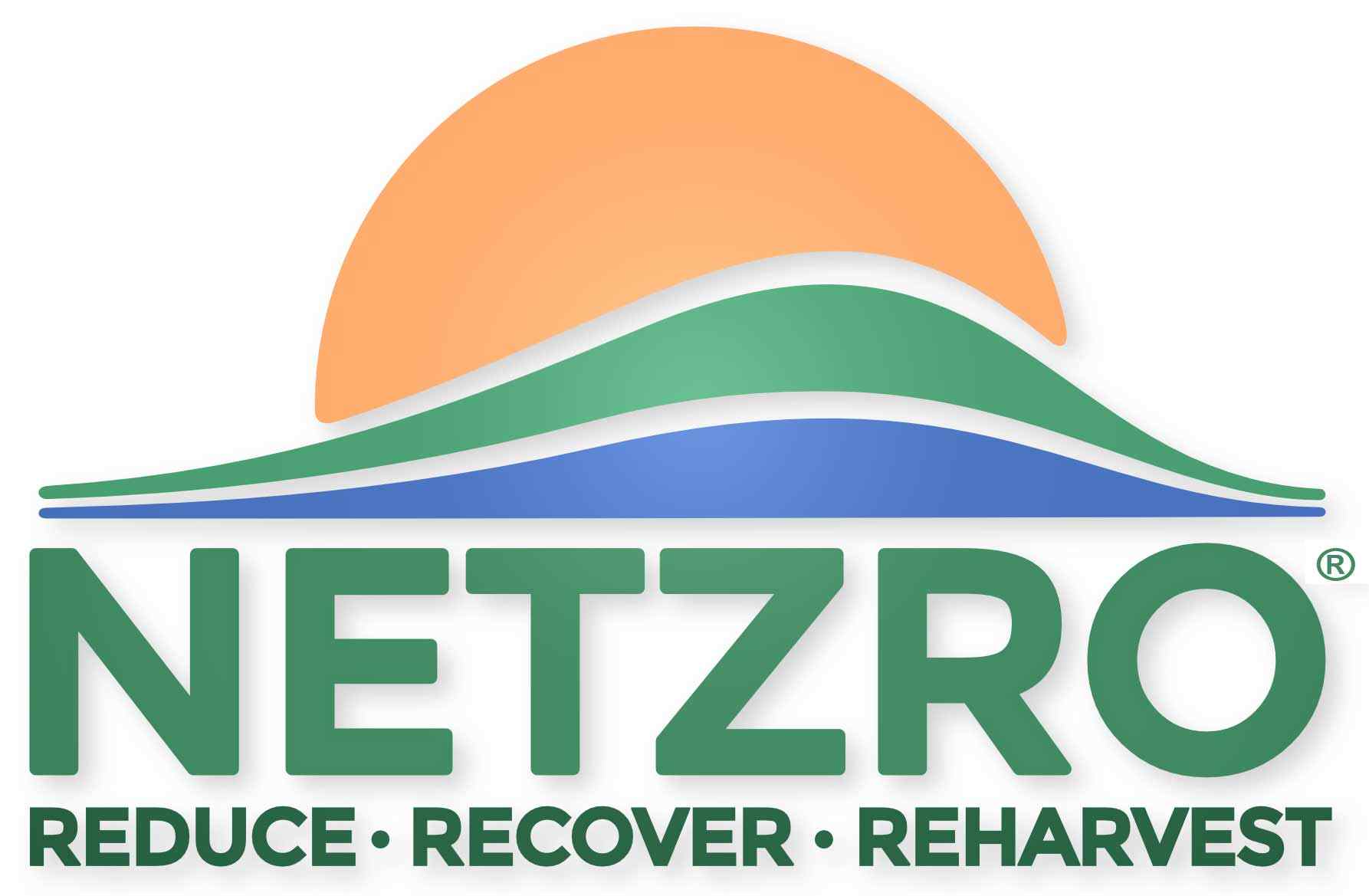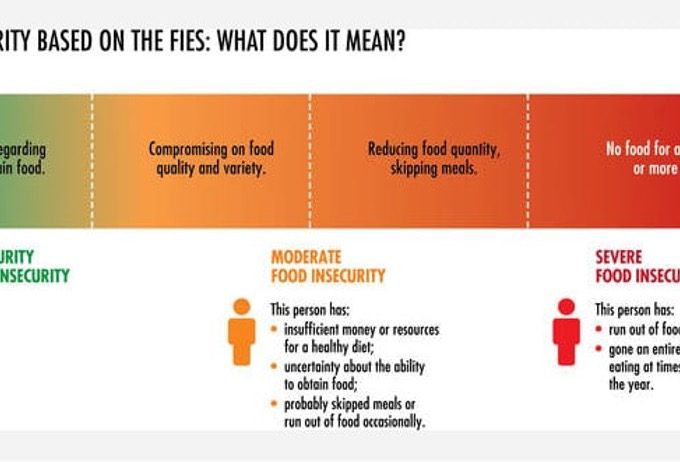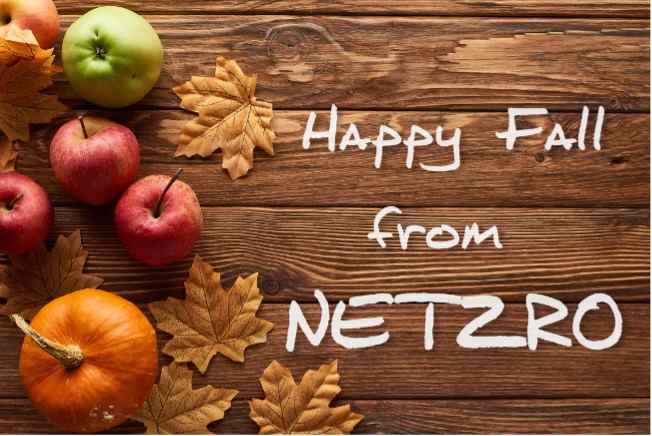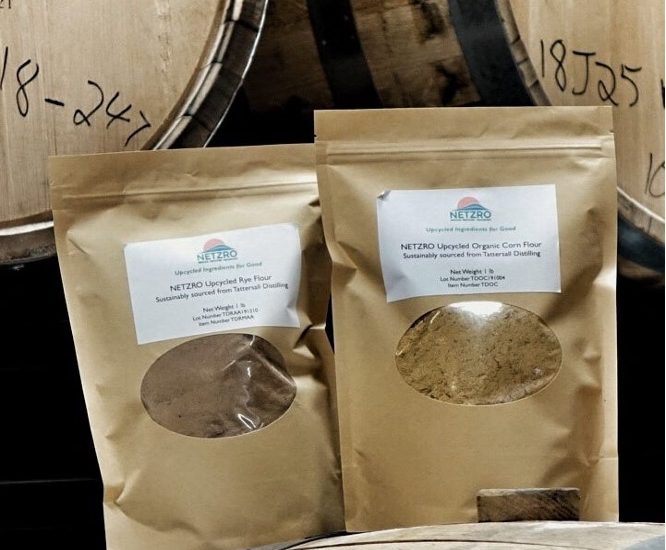Posts
The Food Crisis
In 2018, 14.3 million American households were food insecure. When so many Americans are experiencing hardship getting food, it is hard to believe that 40% of all America’s food is wasted. Of that 40%, most of the food is completely fine and edible, or can be upcycled into a new, nutritious food product. Creating food…
Fall Upcycled baking
This fall at NETZRO, we’re celebrating apple season by baking all of the upcycled goodies we can with the best local apples we can find. We mean no disrespect to the ever-popular pumpkin spice but, surrounded by a seemingly infinite array of Minnesotan apples, it feels like it would be a real shame not to…
COVID19, Finding a new path forward
The past few months have been a time of unprecedented uncertainty for us at NETZRO and for the world. We have all faced hardships and seen drastic changes to the way the world around us operates, from business to social interaction to the underlying fear and anxiety in our everyday lives. Living and working in…
REHARVEST – NETZRO’s third “R” of Upcycling
Reuse, Restore, New uses, Innovation, Functional Health With reducing and recovering squared away, we arrive at the third and final R of food upcycling: “reharvest.” Reharvesting focuses on taking recovered food byproducts and increasing their value by integrating them into new food products. Examples of this include taking discarded parts of fruit and processing them…
RECOVER – NETZRO’s Second “R” Of Upcycling
As we covered in the first article of this series, food upcycling is one important way to reduce food waste by making the most of food byproducts that are underutilized because they have traditionally been seen as waste. How do we accomplish this? This brings us to our second R of food upcycling: recover. …
REDUCE – NETZRO’s First ‘R” of Upcycling
Roughly one third of food produced in the world for human consumption gets lost or wasted. National Geographic is projecting more than 9 billion mouths to feed by 2050, requiring food producers to double the amount of food currently in production. ReFED was formed to build a different future, where food waste prevention is recognized…
Look out, organics, there’s a new kid in town: mindful consumption
Discussions of healthy eating are often led by buzzwords like “clean,” “natural,” and “organic.” Organic foods in particular have led the market for some time now; however, they are facing a decline in consumer perceptions. According to Mintel, only 26% of consumers trust organic food labels. This is likely because most consumers don’t really understand…
The Incredible Edible Eggshell
When people think of eggs, they likely think scrambled, fried, or poached. Maybe they think of eggs for their use in baking as binding and leavening agents. As a baker, I know I think of the latter- or, given my work in a vegan bakery, I think of substitutes like flax eggs. But what about…
Alternative Flour – made from grains other than wheat
Alternative and wheat-free flours were one of the top food trends of 2016 and it’s easy to see why. Alternative flours- those made from grains other than wheat as well as non-grain sources such as legumes- tend to be higher in protein, fiber, and other nutrients than traditional wheat flour. These flours have been garnering…
- « Previous
- 1
- 2
- 3
- Next »




